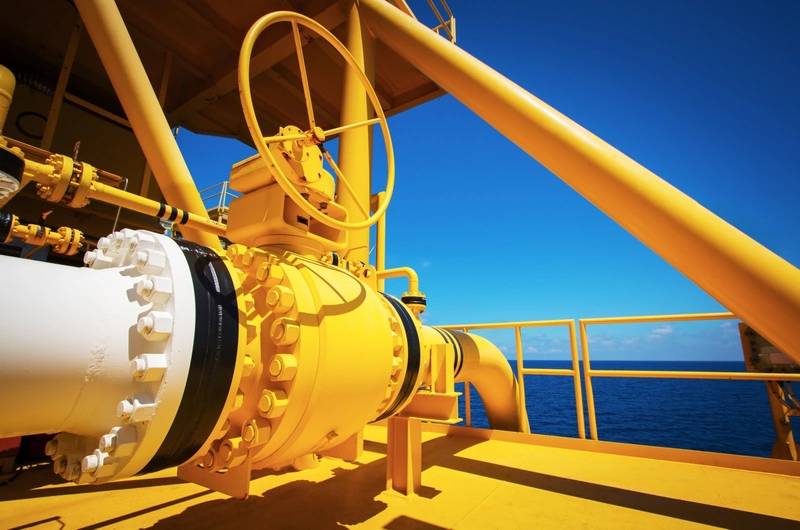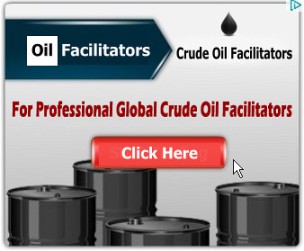
SAP SE and DNV GL - as of today known just as DNV - have recently announced a collaboration aimed at delivering a new industry cloud solution designed to tackle corrosion under insulation a major problem facing the integrity of oil and gas plants.
CUI is seen as one of the largest maintenance costs for offshore and onshore installations with insulated pipes.
Offshore Engineer spoke with Hisham Gouda, Chief Solution Expert, Oil & Gas Industry Business Unit, SAP to learn more about the solution - called Corrosion Under Insulation (CUI) Manager- and how it can help companies drive down maintenance costs caused by CUI.
OE: DNV GL/SAP have recently launched a cloud solution to tackle CUI in the oil and gas sector. Can you share more info on how the idea was born?
Both SAP and DNV GL are members in the SIRIUS research center at the University of Oslo a world-leading initiative that addresses the problems of scalable data access in the oil & gas industry and beyond. During a Sirius event, SAP and DNV GL met and started to share ideas – how could we combine DNVGL’s deep technical insight and specialist tools/calculators with SAP state-of-the-art solutions for intelligent asset management and efficient work processes.
Both companies are on a journey to transform from on-premise deployment to cloud-based solutions and we wanted to pick an area of collaboration that move both companies in that direction. After a bit of thinking, we decided to use the corrosion under insulation challenge as a first (of many) cases to explore the possibility of collaboration and increased value for our customers.
OE: How big of a problem is CUI, and why hasn’t there been a standardized solution for it?
The cost of CUI is huge. The Oil & Gas Technology Centre (UK) estimates that it costs the global economy nearly 5 trillion USD, and reports by global industry publications suggest that CUI accounts for more than 40% of a plant’s piping maintenance expenditure.
Despite high spending's on CUI we have incidents. The Oil & Gas Technology center states that 20% of the major incidents in the European oil and gas industry is caused by CUI. The Norwegian Petroleum Safety Authority report that 50 % of registered leaks from hydrocarbon systems is caused by CUI.
There are numerous standards and specifications available regarding CUI but none of these address how to manage the risk of CUI.
Most of these describe technology and workmanship and to some extent try to calculate a corrosion rate.
DNV GL published a recommended practice to manage the CUI threat in December 2019.
DNVGL-RP-G109 evaluates the different input parameters and assesses the probability of CUI rather than calculating a rate that has proven to be difficult or too inaccurate. The DNV GL Recommended Practice has been developed in a joint initiative with Equinor, AkerBP, ConocoPhillips, GASSCO, and Neptune Energy.
OE: You’ve said that CUI Manager can reduce maintenance costs by up to 50%? Can you elaborate?
The high cost of managing CUI today relates to the high uncertainty to where in the assets there might be CUI. Thereby as a conservative approach too much maintenance is performed to ensure that operators find the corrosion before the corrosion starts causing high financial loss and at worst leaks and accidents. By implementing a better way of predicting CUI and managing the threat, the maintenance cost can be significantly reduced and better planned to optimize the needed activities.
OE: What is the contribution of SAP and what of DNV GL in this joint solution?
With more than 3300 oil and gas customers leverage SAP solutions for asset management and maintenance, SAP has a deep knowledge into how well designed business processes can contribute to run efficient operations. The different SAP teams would work with DNV GL on integrating the CUI processes within the SAP suite of solutions, and help position strategically DNV GL as a strategic partner within the asset integrity space, with the help, of course, of the extended SAP partner ecosystem.
DNV GL will contribute with deep integrity and corrosion expertise and with a cloud-based solution to manage CUI based on the methodology in DNVGL-RP-G109. The solution from DNV GL is seamlessly integrated with Asset Strategy and Performance Management (ASPM) and Asset intelligence Network (AIN) from SAP.
OE: Can you tell us how CUI Manager works in practice, ideally for clients in the offshore oil and gas industry? What are the benefits?
The CUI manager is a cloud-based solution where asset data from a specific plant is uploaded and specific company data such as a risk matrix and cost modules are entered to calculate CUI risk and CUI mitigation cost. Mitigation in this context might be e.g. inspection, modification, or refurbishment.
When data is entered the CUI manager will automatically calculate CUI risk for all objects. The risk will be presented as present risk and as future risk development for each year in a 5, 10, or 15 perspective.
The CUI manager will then enable the user to plan different mitigations and in the planning process both risk mitigation effect and mitigation cost will be identified and thus the user can see risk mitigation versus cost to optimize the maintenance plan. When the planned activities are executed this will be reported in CUI manager and risk will automatically be updated. As a part of the risk update process users will also be able to send anonymized data to a global data base so that the industry as such generate a huge experience data set for experience exchange and update of the software.
Benefits:
•Increased safety and reduced cost
oBetter understanding
The CUI manager will enable users to identify high risk components and understand why the risk is high and thereby also identify how the risk can be mitigated and reduced
oBetter foresight
Users will see risk and cost development both without mitigation (zero-cost) and with mitigation over a period of eg. 10 years into the future
•Smarter decisions
OE: How has the industry reacted to your solution so far? Are there already some real-life examples of successful deployment of the solution? Can you share some of those?
The CUI manager has been presented to several operators and the feed-back has been very good. The new methodology embedded in DNVGL-RP-G109 is acknowledged by industry experts and companies as a significant improvement. The CUI manager has been deployed to 5 onshore assets and 3 offshore assets during 2020. We currently have ongoing pilots for 6 large operators. As the solution has only been in use for a limited period the resulting savings are yet not identified.
As part of the development, tests have been performed by comparing risk assessment results from the CUI Manager with 20 years of inspection data for one asset. The comparison gave very good alignment. All objects with identified high probability of CUI had multiple CUI attacks over the 20 years in operations, while those with low probability of CUI only had none or minor CUI attacks.




No comments
Post a Comment